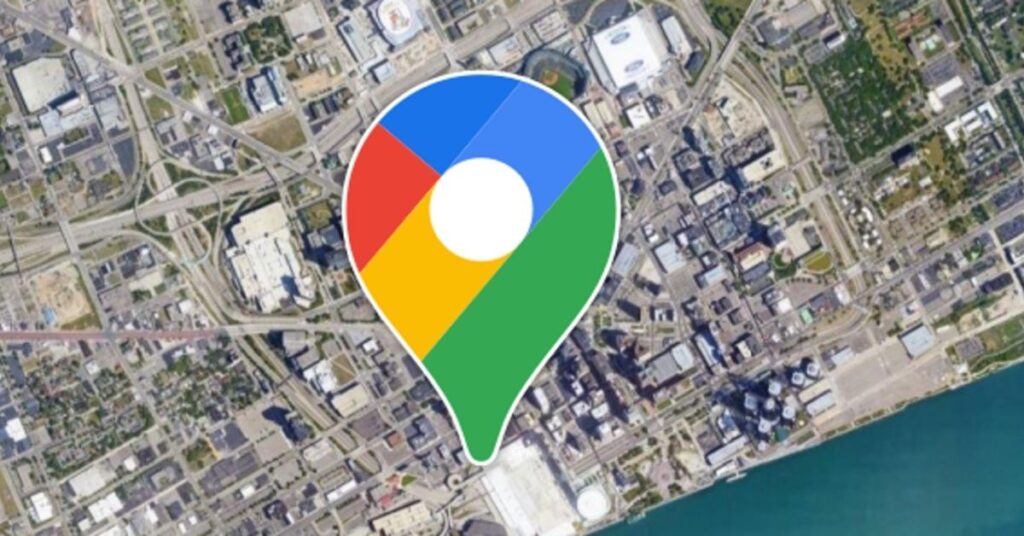VZ Navigator vs Google Maps: Wondering what is the navigator? Or thinking which will offer you better options? Don’t worry, you are at the right place! In this article, I’ll help you choose between VZ Navigator and Google Maps. When we think of Navigation app, we usually think of Google Maps. It is one of the most popular applications that you can use.
Nevertheless, there is another app VZ Navigator which is almost similar to Google Maps. They both act the same way. All you need to do is to input destination or end point and follow them. Even though they are similar, they are quite different from each other. Check out the guide below on more information on VZ Navigator vs Google Maps comparison.

VZ Navigator application is a full-fledged navigation system which offers wide-ranging information to make your rode trip more suitable and safer. VZ Navigator for iPhone app provides several advanced features such as turn-by-turn directions, road trip map, 3D urban navigation, real time traffic updates and intersection guidance.
Its GPS route tracker app uses your device’s built-in GPS ability to provide you accurate and reliable road directions. It also notices your current location to look for updated road maps from its database. What makes this platform really beneficial is the voice powered turn-by-turn direction. All you need to do is to simply choose an end point or route before you start the trip and allow the application to guide you.
Furthermore, it gives good understanding of road signs, buildings and other landmarks to help you find your destination without difficulty. This service offers only updated road maps in the United States.
Pros
- Provides real-time traffic, 3D maps of major cities
- Voice powered directions
- User friendly
Cons
- Constant use of GPS drains device battery
Google Maps

Google Maps is a web mapping service and customer app that is offered by Google. It provides aerial photography, satellite imagery, real-time traffic conditions, 360-degree interactive panoramic views of streets and route planning for travelling by car, foot, air and in public transportation. Google Map’s satellite view is a “bird’s-eye view” or “top-down” that is mostly of the high-resolution pictures of cities is aerial photography while most other images is from satellite.
Most of the available satellite images are not more than three years old and are updated on a regular basis. It earlier used a variant of the Mercator projection and hence could not precisely show places around the poles. Later, it was updated to 3D globe. It uses crowdsourcing to get the GPS-determined locations of a huge number of mobile phone users, from which live traffic maps are generated.
Furthermore, Google Maps offers a route planner which allows users to find available directions while walking, driving, biking or using public transport. It has associated globally with more than 800 public transportation providers to adopt GTFS (General Transit Feed Specification), therefore making the data available to third parties.
Pros
- Incognito mode and eyes-free walking navigation
- Available all over the world
- Easy to use and simply user interface
Cons
- No significant cons
- It gathers real time traffic and will inform you about potential road gridlocks.
- It can render 3D maps for most urban areas.
- It will choose new ways for you to dodge rush hour traffic.
- Amazing voice powered turn-by-turn directions.
- Can detect difficult junctions and exists and provides you a graphical view of the highway.
- Can alter your route to prevent traffic jams.
- Voice directions work in combination with GPS tracking.
- Is also includes other features like one-tap router selector, school zone alerts, updated points of interests and hazard alters.
Google Maps
- Offers traffic data as a colored overlay on top of highways and roads to signify the speed of vehicles on specific roads.
- Provides 360-degree panoramic street-level views of several locations.
- Google’s algorithm syndicates listings automatically based on phone number, address or geocode.
- Save time with automatic rerouting based on incidents, live traffic and road closures.
- Offline maps to search and navigate without an internet connection.
- Indoor maps to quickly find your way inside big places like shopping centers, airports and stadium.
Final Words: What wins? If you ask me, I would say that it really depends on your needs and preferences. So, I hope the above article on VZ Navigator vs Google Maps has helped you pick up the most accurate option that suits you.

![VZ Navigator vs Google Maps: Which Is Better For You?[2024]](https://viraltalky.com/wp-content/uploads/2021/07/VZ-Navigator-vs-Google-Maps-1.png)